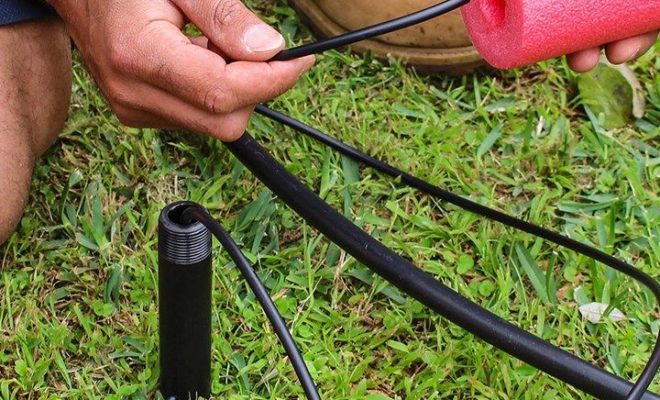How to Go Deer HuntingHow to Go Deer Hunting

Introduction
Deer hunting is a popular and exciting outdoor activity enjoyed by many people around the world. Whether you’re an experienced hunter or just starting out, this guide will help you understand the essentials of deer hunting and provide tips on how to make your experience safe, enjoyable, and successful.
1. Understand your local hunting laws and regulations
Before embarking on a deer hunting expedition, it’s crucial to know the hunting laws and regulations in your area. These can vary depending on the state or country you are in. Familiarize yourself with licensing requirements, legal deer hunting seasons, weapon restrictions, and any other pertinent rules.
2. Choose the right equipment
Selecting the right gear can greatly influence your success in deer hunting. Key pieces of equipment include:
– A rifle or bow suitable for deer hunting
– A sturdy yet comfortable pair of boots
– Weather-appropriate clothing, including camouflage patterns for better concealment
– Optics like binoculars or scopes to help spot deer from a distance
– Ammunition or arrows designed for deer hunting
– A reliable backpack for carrying your gear and harvested game
3. Scouting and pre-season preparation
To maximize your chances of success, scout your chosen hunting area before the season starts. Look for signs of deer activity such as tracks, droppings, bedding areas, and feeding sites. Use trail cameras if possible to monitor movement patterns and identify prime locations for setting up a stand or blind.
4. Choose an effective method
Deer hunters typically use two techniques – still hunting or stand hunting.
– Still Hunting: This method involves moving slowly through the woods while constantly looking and listening for deer signs. The key to successful still hunting is being patient and maintaining a slow pace.
– Stand Hunting: In this approach, you position yourself in a tree stand or ground blind overlooking an area where deer are likely to pass. Being elevated in a tree stand can provide better visibility and reduce the chances of being spotted by deer.
5. Hunt responsibly and ethically
As a hunter, it is your responsibility to adhere to hunting ethics and treat the animal with respect. Take only clean, humane shots and avoid wounding or causing unnecessary suffering to the animal. Practice good land stewardship by respecting property boundaries, leaving the hunting area clean, and making minimal impact on the environment.
6. Field dressing and processing
After successfully harvesting a deer, quickly field dress it to maintain the quality of the meat. Learning how to properly field dress a deer can take some practice, but there are plenty of online resources to help guide you through the process. Once the deer is dressed, transport it to a processing facility or adequately process it yourself.
Conclusion
Deer hunting can be an incredibly rewarding experience that fosters a deep connection with nature and helps to sustain local wildlife populations and habitats. By preparing thoroughly, respecting game laws, utilizing responsible hunting practices, and exhibiting proper field dressing techniques, you can ensure that your deer hunting adventure is both enjoyable and successful.






